How to glue sound insulation? – a frequent question that arises if it is necessary to eliminate noise, which, as you know, may proceed from different sources. So, all kinds of sounds come from sewage, neighbors, elevator, from the street and many other places. Noise elimination can also be several. We will describe them in the article.
In what cases the sound insulation is mounted?
How to correctly isolate the apartment from extraneous sounds
Living in a modern city apartment, I sometimes want to escape from extraneous sounds. Either annoying neighbors interfere with sleeping with their screams and music, then the noise from the elevator, sewer pipes or from the street. All this, in general, does not allow you to fully relax and relax. But sometimes you want silence sometimes. It is for this purpose that many modern owners do sound insulation. Fortunately, there are enough materials for these work in the construction market. It is only important to know how to do it right. To do this, it is important to determine the source of noise. Next, you need to know which sections of the premises will be finished. Usually, the following elements areolated:
All kinds of engineering communications;
windows, doors;
interior wall panels (partitions);
ceilings and floors.
It is best to carry out sound insulation at the construction stage. But if you have already settled into the apartment, then you can do it yourself.
How to mount sound insulation?
Basic rules for sound insulation installation
After you have determined the source of noise, you need to choose the correct material and make installation. Above areas that usually need isolation. Below we will describe in more detail how to make noise insulation correctly.
Sound insulation of pipes. According to construction standards, heating and water supply pipes should be laid using soundproofing sleeves. That is, a large diameter metal pipe is mounted, and the resulting gap is filled with insulating material. But in practice, builders do not always perform this procedure. Or the material is laid, but do not fill the cracks in the sleeve. Therefore, you need to check how the isolation in your apartment is made. You will have to either close the gap with sealant, or mount the soundproofing material (if it was not laid). Usually use asbestos fabric or glass chloride.
Sound insulation of joints between the wall and the floor. Due to the poorly made screed or poor -quality material, cracks are often formed in these areas. Binding them is quite simple. It is only necessary to dismantle the baseboard and cover the cracks with a cement-sand composition. After complete drying, the site is treated with sealant. Then the baseboard is mounted again.
Sound insulation of joints between the wall and the ceiling. Due to many years of operation in the areas between the wall and the ceiling, deformation cracks are often formed. To eliminate this problem, it is important to fill the created voids. They are covered with cement or gypsum putty. After drying the place is lubricated with sealant. At the finish stage, painting or worshiping is carried out.
Sound insulation of walls. The wall is carried out by making a soundproofing “pie”. First, a frame of drywall is made, in which sound -absorbing material is mounted. Often used for this basalt wool, cork agglomerate, foamed glass, mineral wool. Also on sale there are a sandwich panel that can be mounted without a frame (using a vibration-insulated mount).
Sound insulation of the floor. As a result of insufficient massiveness of inter -story floors, problems with insufficient sound insulation arise. Typically, the solution in this case is the arrangement of a “floating floor” or screed. However, before this, the base prepare and eliminate defects. Under the screed, fiberglass, glass meters, trial and other materials suitable for this purpose are placed.
Noise insulation in electric sockets
So, how to put noise insulation on the walls, floor and joints, it is clear. But what to do with sockets? After all, often the noise comes from there. This is explained very simple. At the construction stage, the outlet is installed in the adjacent wall with the neighbors. In this case, the insulation of the hole is not done. Therefore, this section becomes a through canal through which all the noises from the neighbors are crossing. To insulate, it is necessary to dismantle the outlet.
When working, be sure to follow the rules of electrical safety! If you are not sure that you can do these works, call an electrician. Next, the hole is covered with a puck of basalt cardboard or mineral wool. Then they apply a layer of cement or gypsum putty so that there is enough space for further installation of the electro -stop, and the installation of sound insulation on this is considered complete. The work is completed on this.








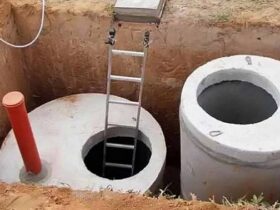


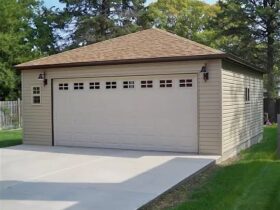
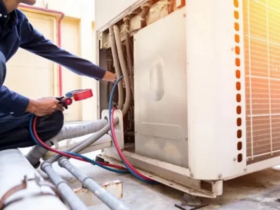
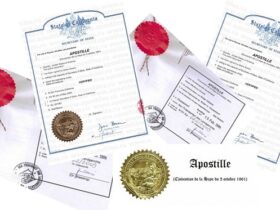



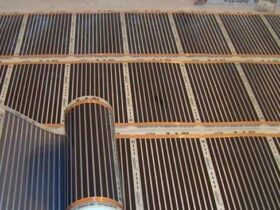
Leave a Reply